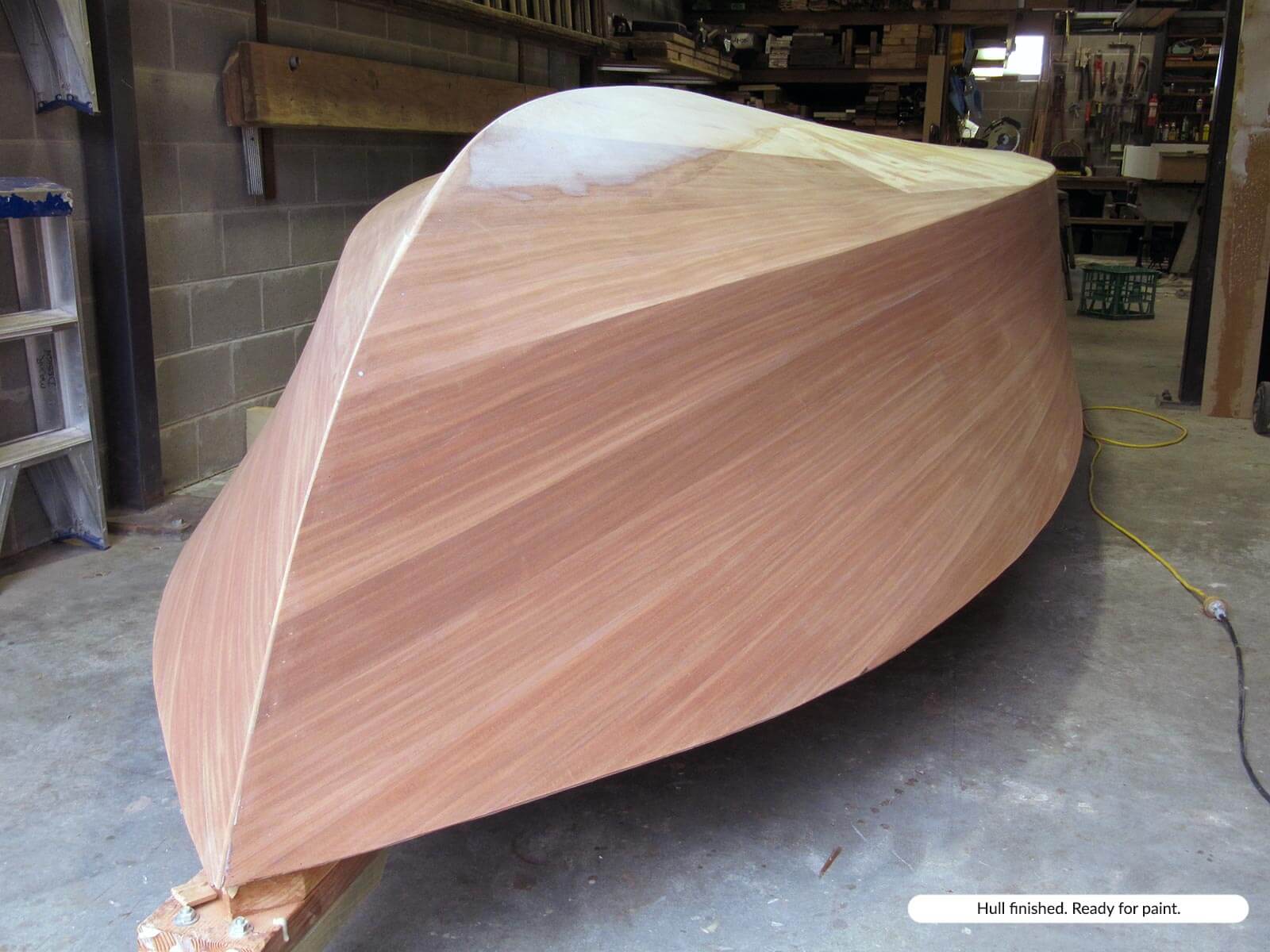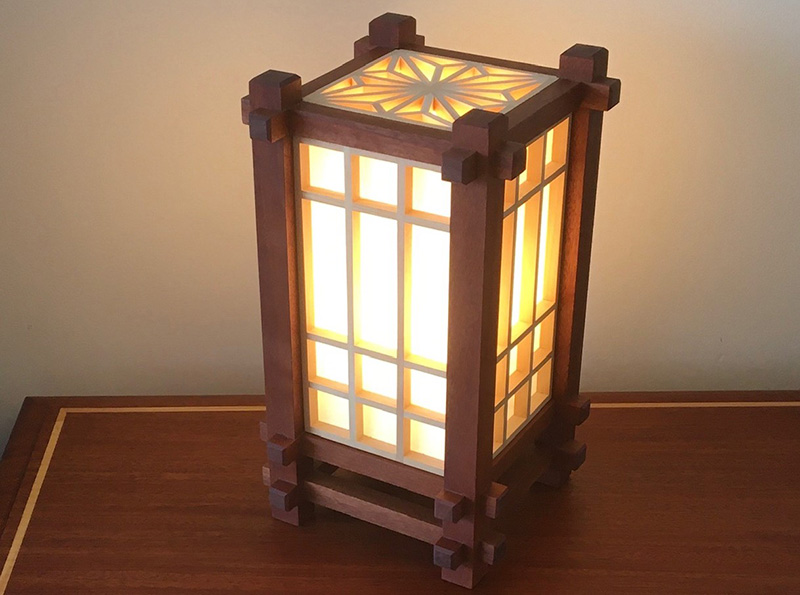Building a 1950’s style Mahogany Planked Runabout

How it started
Prior to taking on this project I had no previous experience in boats. Looking for a wood related project I attended a Sydney auction in early December 2009 that had some wooden boats up for grabs including a 1949 22’ Chris Craft Sportsman utility and a classic 1961 16’ Hammond clinker ski boat, both in need of some attention. Neither boat came my way, but the experience stirred my interest and as I looked over these boats again after the auction I thought, I’m sure I could build one of these things.
The decision to look at buying an old power boat in need of restoration was about my need for a “wood working” interest outside my daily work routine, driving home from the auction I became more certain of the fact that actually building my own classic style timber speed boat would be an even greater experience than a restoration project.
The ensuing internet search for boat plans culminated in the discovery of California based plan and hardware supplier Glen-L Marine Designs and with time spent examining their many plan options the “Monaco” design, a 1950’s style (Chris-Craft inspired) 6 metre mahogany inboard V8 runabout had immediate appeal.
Construction
My Monaco plans arrived late December 09 and by that time I was really fired up at the prospect of building my own Mahogany speed boat. I had spent many hours studying the Glen-L web site soaking up as much information as possible, closely examining photographs, comments and advice posted by previous and currant Monaco builders. I also purchased the recommended reference books pertaining to “cold-moulded” boat construction and inboard marine engine installation to educate myself on construction techniques that were foreign to me along with an understanding of boat building material options.


The “Cold Moulded” construction process involved the fixing of three layers 4.5mm thick plywood strips, at various widths dictated by the shape of the boat, at 45° diagonally over the frame, each layer at 90° to the previous followed by fixing the 5mm thick Mahogany planks longitudinally to the hull.

Being a house builder by trade at the time, now retired, I had a fairly comprehensive workshop and a good selection of tools. Importantly, I love working with wood so it wasn’t too hard to find some dedicated build space in my workshop for this project. I had accumulated and stored some fine quality timbers always sure that “one day they would be put to good use”. For the boat frame I used a combination of Oregon, Kauri Pine, Coach Wood and Hoop Pine.
My stash of timber turned out to be fabulous boat building material – dry, clear, straight and mostly quarter sawn. I used 150x35 LVL for the motor stringers as they had to be dead straight and strong enough to support and spread the weight and load of the V8 marine engine. Dressed Quarter sawn Sapele Mahogany was purchased for the keel laminations and for the outer layer of both deck and hull planking.
Tasmanian Blackwood was used for the finishing boards and king plank, Australian White Beech for the deck stripping and dashboard. All the boat build timbers, including the LVL motor stringers, have been sanded, filled and triple coat epoxy encapsulated using the West System. The boat was finished sprayed in two pack polyurethane.




I had purchased full size frame plans along with comprehensive instructions and construction drawings nevertheless during the build there was a lot of head scratching and a fair bit of time spent contemplating the next step as I was used to working with straight lines and square corners. The whole experience was all very new to me. I learnt how to fashion, fix and fair timber into compound curves, how to mix and use epoxy as a sealant, filler and high strength glue, how to work with fiberglass and two pack paint. During 300 hours of fairing and sanding I learnt to feel the shape, line and form of this boat. I took the time to be exacting with each stage of the build (no room for any complacency when you don’t really know what you’re doing). That time and focus paid off with very few frame adjustments required and even fewer stuff-ups to fix along the way.

The largest single purchase for the build was the 350 cubic inch multi-port fuel injected PCM crate motor and transmission. Money well spent I believe for this state-of-the-art ultra-reliable marine engine. The engine was ordered with a 9-degree down angle on the transmission allowing it to sit close to level in the boat and just nicely under the deck hatch.

Launch day
I had named my boat “SUCRE-COMME” which is very loosely French for “Sweet-As” because that’s exactly what she is, a beautiful boat and an achievement that I’m very proud of. Launch day was December 3rd, 2011, a memorable event held at Apple Tree Bay in the Kuring-gai Chase National Park. A beautiful morning with family and friends and the culmination to what had been an incredibly enjoyable and fulfilling two year experience.

I no longer own Sucre-Comme, having enjoyed her for Ten years it was time to move on. Hull-turn images along with launch-day and river run videos are worth a look on my YouTube account.






